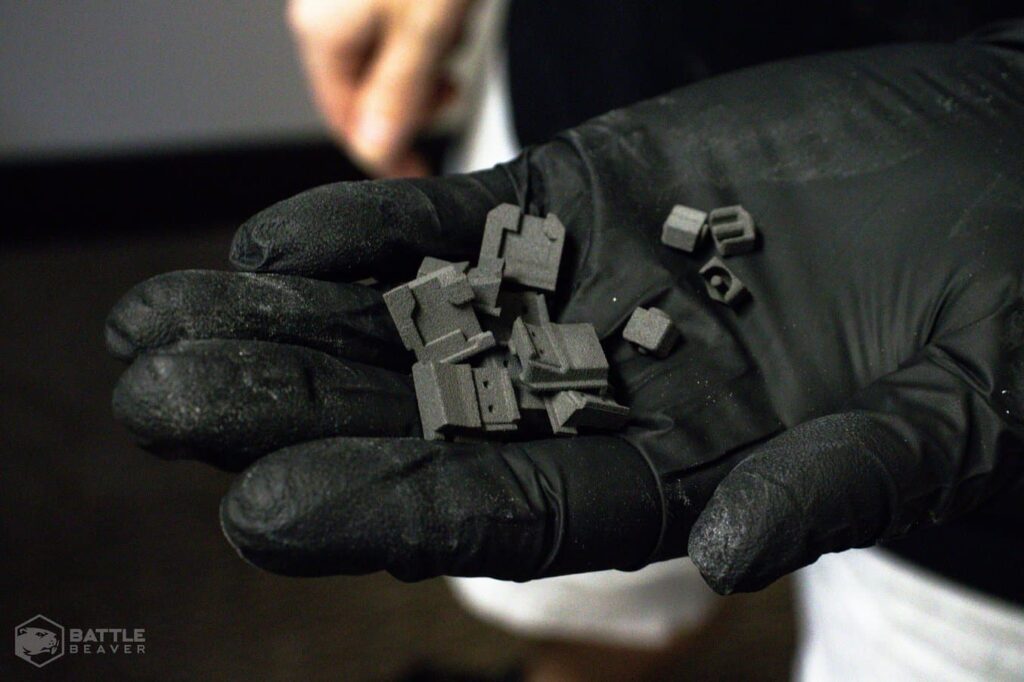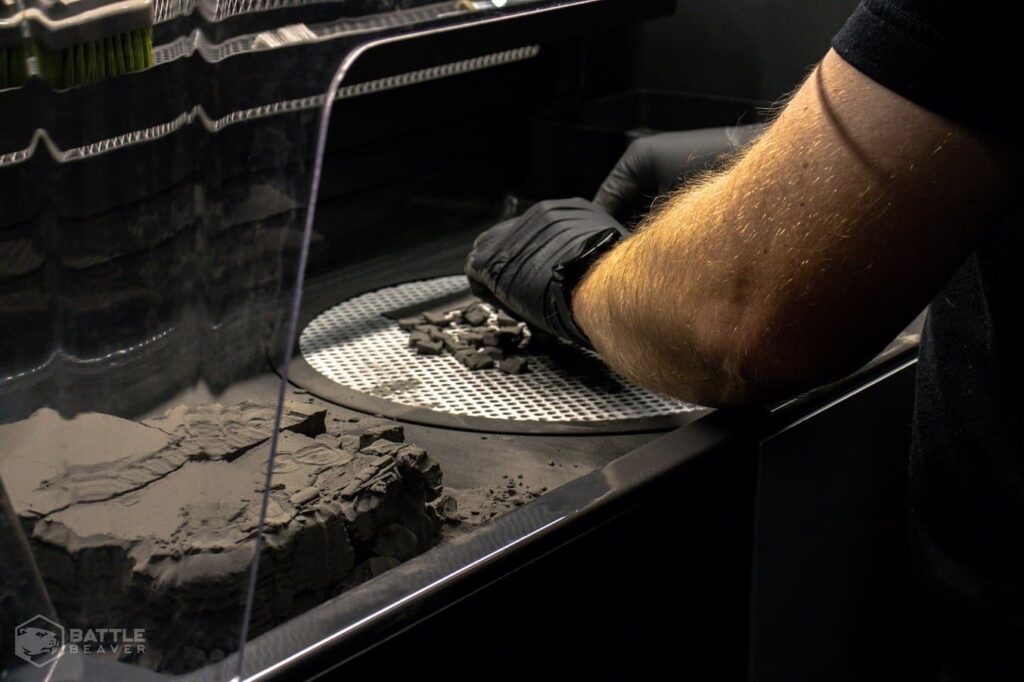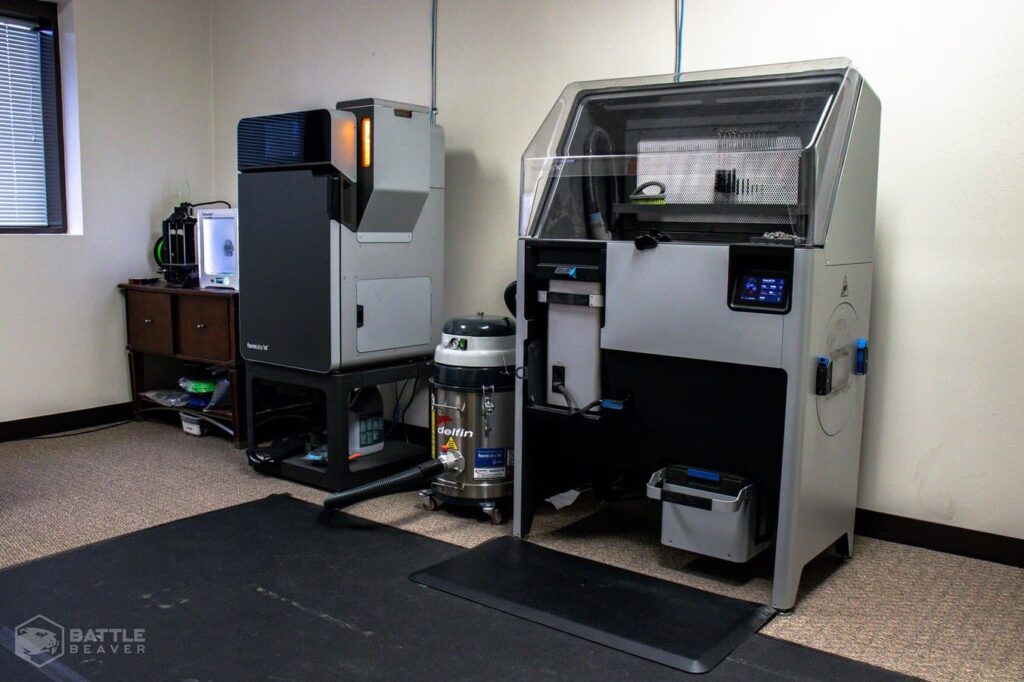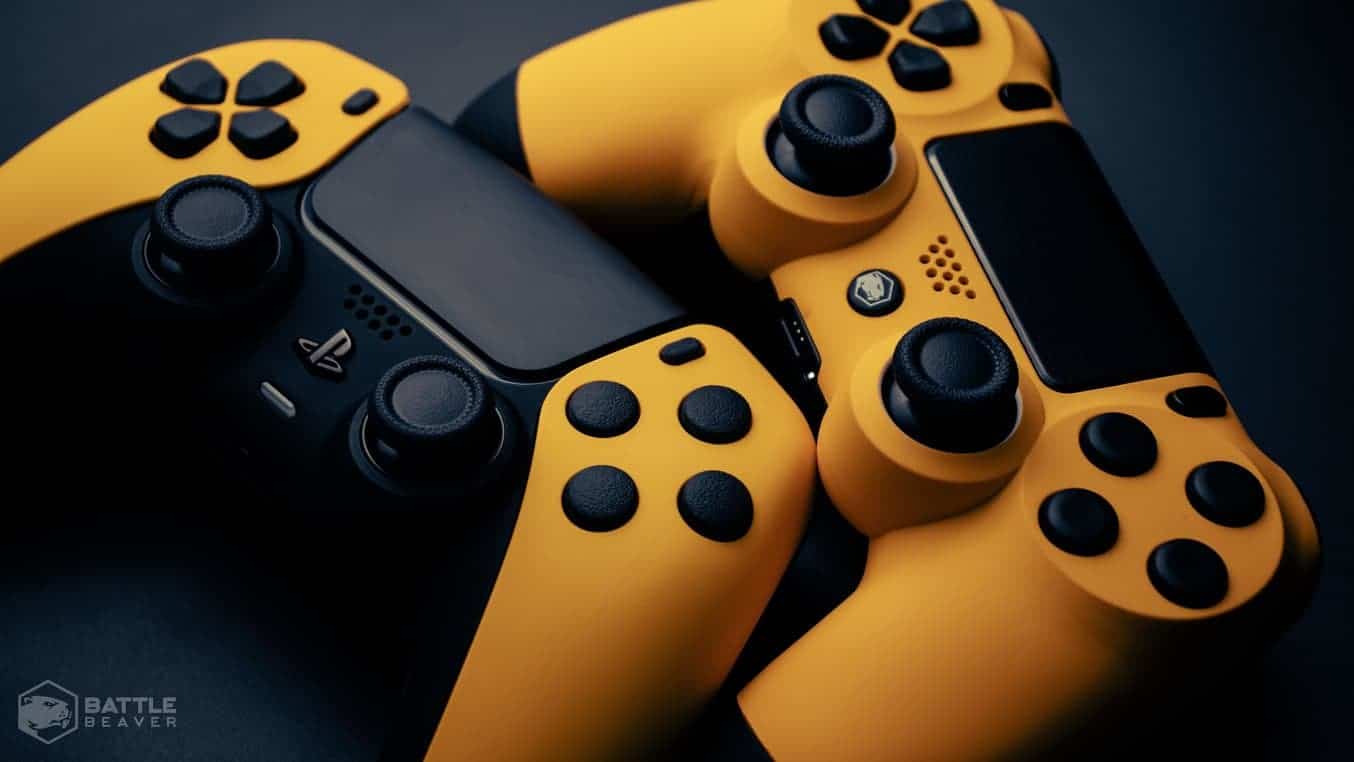Battle Beaver Customs aims to ensure an exceptional gaming experience through custom game controllers. Battle Beaver Customs provides its engineers with in-house 3D printers including FDM machines and Formlabs Form 2 printers, with SLA (stereolithography), and Fuse 1, with SLS (Selective Laser Sintering) technology. Recently, the team used the Fuse 1 to replace the outsourcing of internal controller parts by internalizing the production of parts for end use.
To arrive before the competitors
Over the course of a single console generation, game controllers undergo multiple internal redesigns. This can cause quite a few difficulties for custom controller manufacturers such as Battle Beaver Customs, as their old mounts and button designs may no longer fit new controllers.
Rapid prototyping with the Formlabs Fuse 1 printer allows Battle Beaver Customs to quickly change media and button design. When creating custom consumer products, fast turnaround times can be beneficial for businesses looking to keep up with competitors.

Second Michael Crunelle, Head of Research and Design at Battle Beaver Customs, “The Fuse 1 printer was fantastic to be able to make changes quickly, from concept to end-use part. Our competitors cannot keep up with us ”.
For a recent internal redesign of the controller for the PlayStation 5, Crunelle worked overtime to create new supports, stating that “[Sony] has redesigned the inside of the PlayStation controller about four times during the life cycle of the PlayStation 4, and the PlayStation 5 controller is already in its second version. This means we need to change the way we design our internal platform. For the PlayStation 5 controller, in 48 hours we designed and printed new platforms to make their modifications work. Normally it takes weeks or months, but now it is something that does not cause us problems ”.
Replace (outsourced) injection molding with affordable in-house SLS printing
The company initially bought a Form 1+ on eBay, before taking the leap and buying three Form 2 printers. Battle Beaver Customs is still using the Form 2 for some external parts that require smooth surfaces, but nylon has taken a leading role for the internal modifications of the controller due to its specific properties.
Compared to resin, it was easier to use epoxies and glues with nylon powder. Another advantage is the greater heat capacity which means, for example, that a soldering iron tip can get close to the part and it does not melt.

Thanks to the Fuse 1, Battle Beaver Customs has internalized the production of all supports and internal parts. Previously, parts were injection molded and shipped from China to the United States. So long as the printing chamber of the Fuse 1 can hold 500-800 parts, the team is producing entire batches in-house on demand, with a single Fuse 1 completely replacing outsourcing orders.
Thanks to in-house 3D printing, the team cut lead times by weeks and are no longer penalized by supply chain complications and long lead times. The reduction of the time of marketing for new internal parts from six months to a few days it has the added benefit of reducing the risk associated with creating new products, potentially increasing innovation and product variants in the future.
On demand production of discontinued parts
Additionally, as the number of controllers supported by the company increases, in-house 3D printing allows small batches of old parts to be produced. If a customer wants an old version of a controller to be modified, Battle Beaver Customer can load the appropriate STL file, print the required parts and deliver the controller. The reduced costs associated with the maintenance of discontinued parts now allow you to support a wide range of products. Previously, Battle Beaver Customs could only support a limited number of legacy controller models due to cost and production time.

Finally, an unexpected benefit of in-house SLS 3D printing is the way its versatility allows for unexpected designs. Given the Battle Beaver Customs lot size of over 500 parts, sandblasting can take a long time. Crunelle used the Fuse 1 to build a custom stand and purchased a motor that goes inside the blasting unit. The parts can then rotate on their own for 20 minutes, saving time and effort during post-processing.













Leave a Reply
View Comments